9/11 From Orbit: NASA's Powerful Space Imagery Of Twin Towers Attack - In Pics
)
On September 11, 2001, Expedition 3 Commander Frank Culbertson, the only American aboard the International Space Station, photographed the events as they unfolded from orbit, capturing the smoke rising over New York City. (Image: NASA)
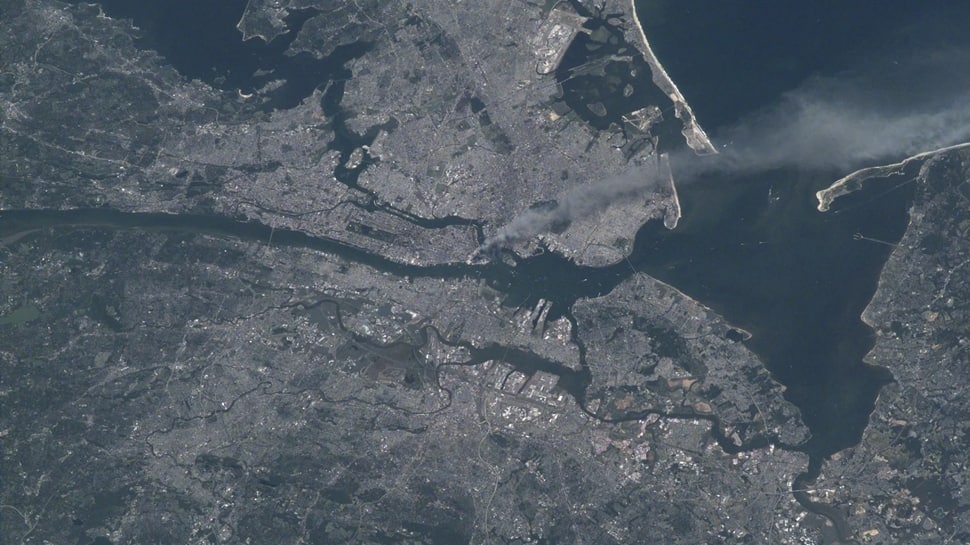
Culbertson reflected on witnessing the devastation from space, expressing the surreal experience of seeing "smoke pouring from wounds" in his home country while orbiting a spacecraft dedicated to advancing life on Earth. (Image: NASA)
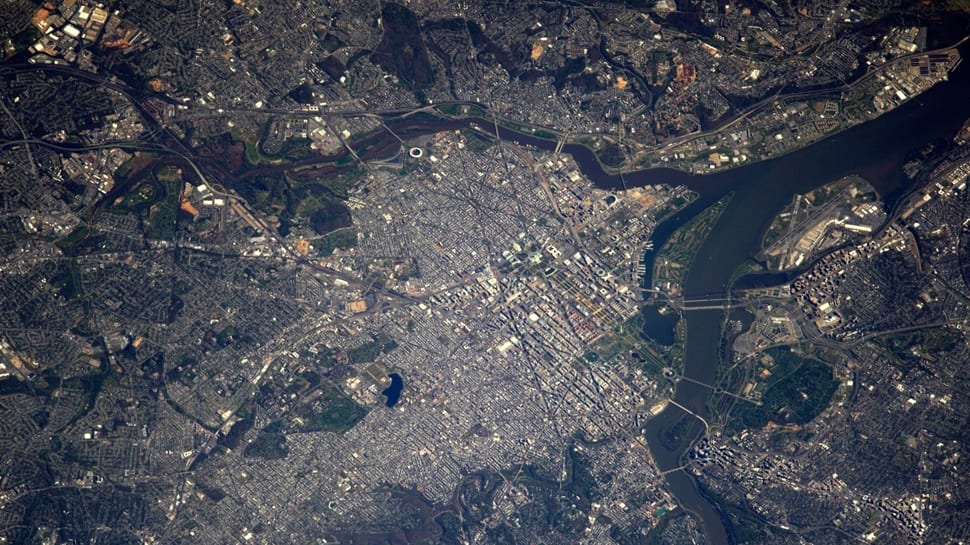
The day after the attacks, Culbertson shared his emotional thoughts in a public letter, acknowledging how the world had changed, and how witnessing the destruction from space was "jolting to the psyche." (Image: NASA)
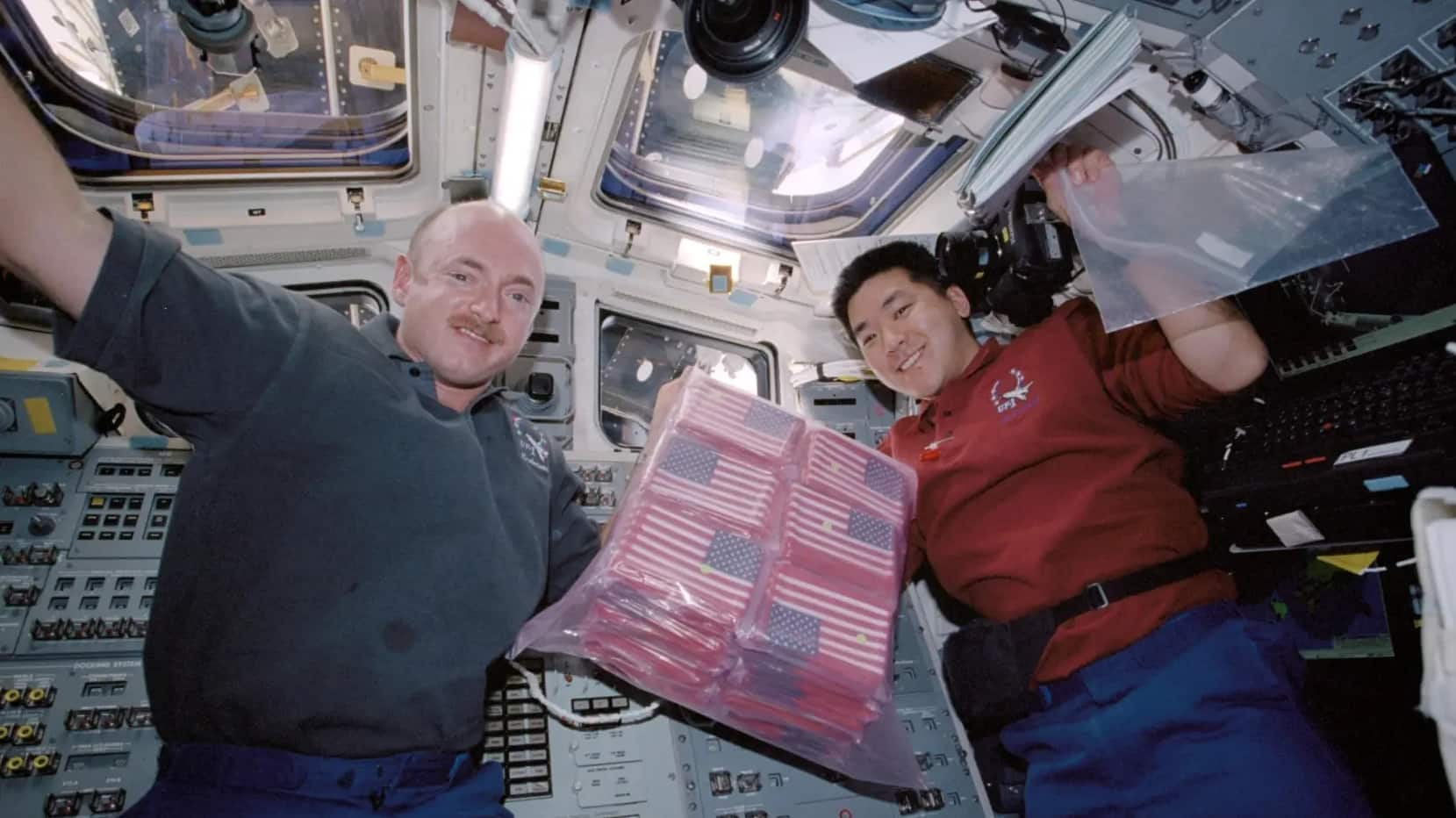
As part of its tribute to the victims, NASA flew nearly 6,000 U.S. flags aboard the Space Shuttle Endeavour during mission STS-108. These flags were later presented to the families of the victims. (Image: NASA)
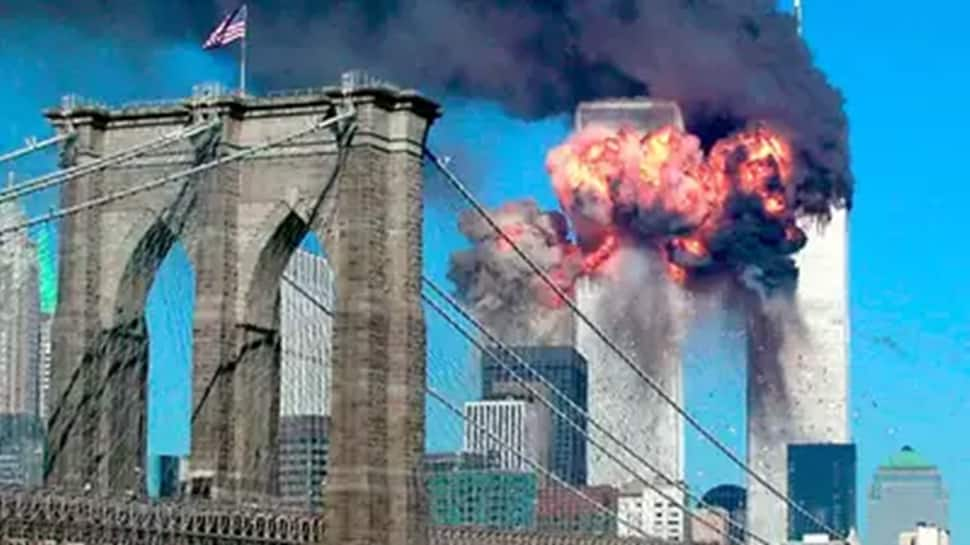
NASA played an active role in the aftermath of 9/11, working alongside FEMA to use aerial sensors and satellite resources to monitor air quality and contaminants over the impacted areas. (File Photo/Reuters)
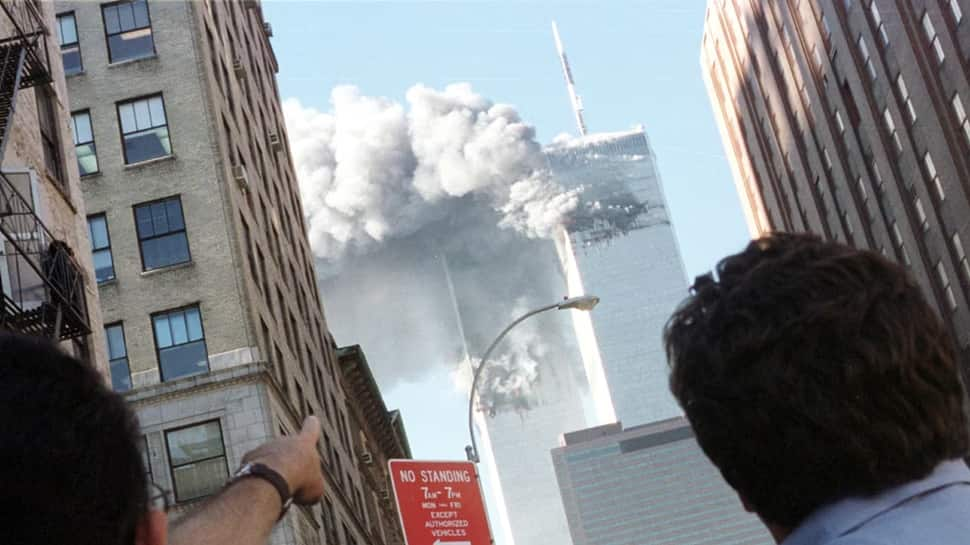
Students at NASA's Johnson Space Center in Houston, Texas, helped assemble commemorative packages that included the flags flown in space, creating a personal connection between NASA and the victims' families. (File Photo/Reuters)
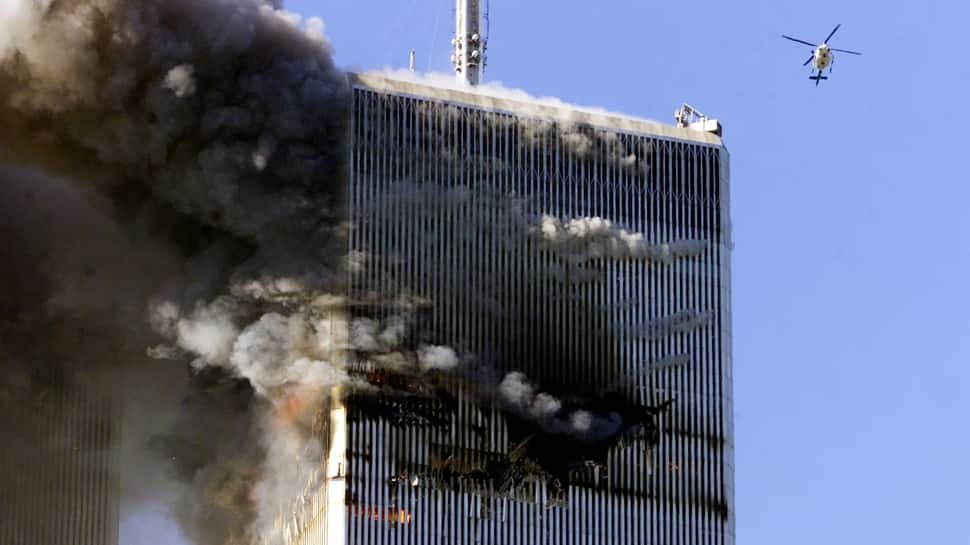
On June 14, 2002—National Flag Day—the commemorative flags were distributed to victims' families during a ceremony at the American Museum of Natural History’s Rose Center for Earth and Space in New York, symbolizing a nation’s resilience and remembrance. (File Photo/Reuters)

